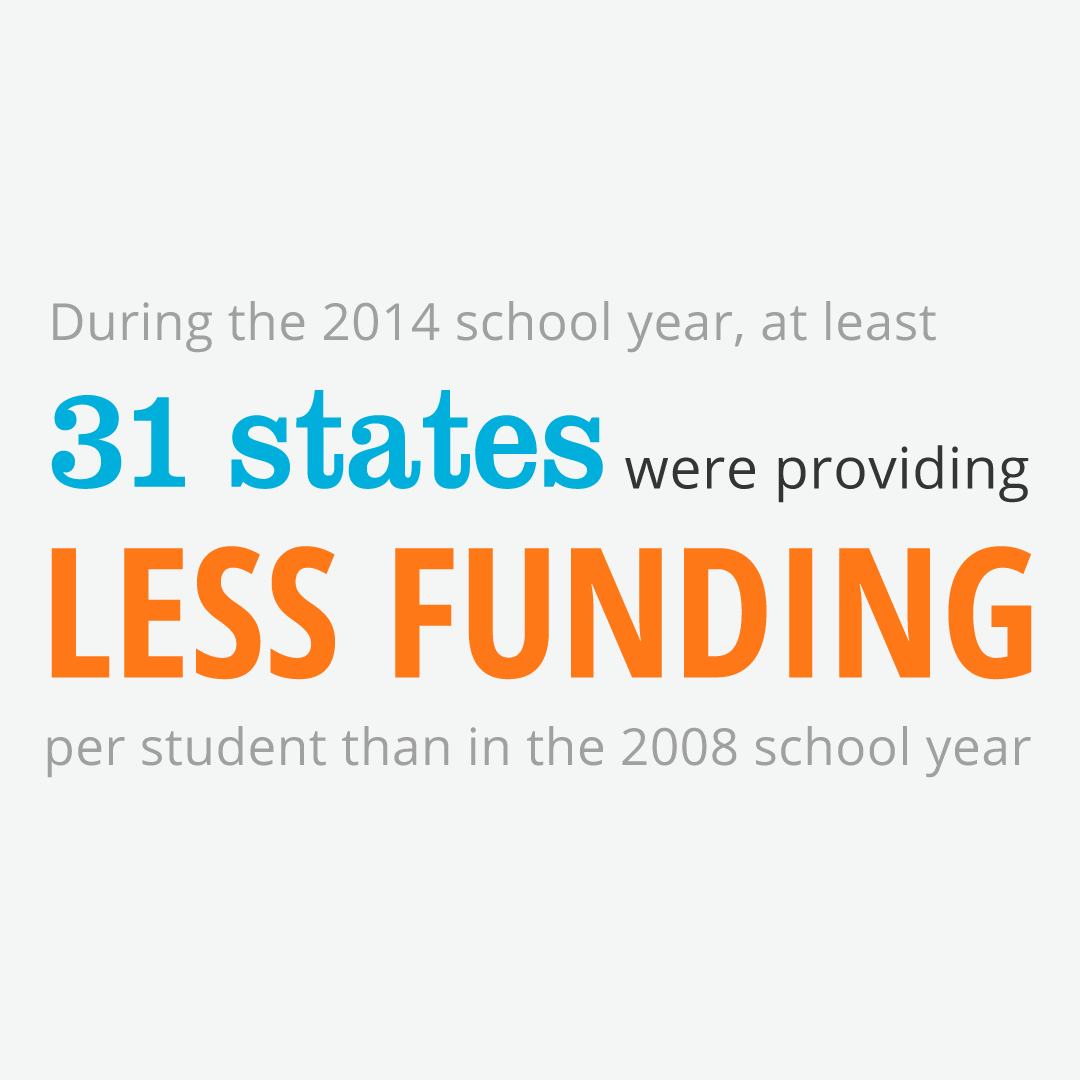Democratic presumptive nominee, Joe Biden unveiled the second pillar of his Build Back Better economic recovery plan with a $2 trillion clean energy and infrastructure plan, focused on speeding up the transition to cleaner energy for transportation and buildings in addition to prioritizing environmental justice.
On Tuesday, July 14, near his home in Wilmington, Delaware, the former vice president and presidential hopeful noted that we need “modern infrastructure and a clean energy future” and these are investments we should be making anyway. Also quoting ASCE, he mentioned that one in five miles of our nation’s highways are in poor condition.
The former vice president’s proposal, which did not include financing specifics, aimed to achieve carbon-free power generation by 2035, emphasizing that “we can transform the American electrical sector by producing power without producing carbon pollution.” He noted that we can do this with the help of scientific research and called on engineers to design this infrastructure, and workers to manufacture it. He also stressed that this $2 trillion plan would occur in his first term, investing in carbon-free power and grid infrastructure, efficient buildings, sustainable housing, mass transit, “climate-smart” agriculture, and more. Highlights of this climate-focused plan, that he stated would also create millions of construction, skilled trades, and engineering jobs, include:
- Discounts to consumers who trade in gasoline-powered cars for U.S.-made electric models.
- Investment in upgrading and building commercial buildings and houses to save energy.
- Job creation to rebuild America’s infrastructure from roads and bridges to green spaces and water systems, to electricity grids and broadband infrastructure, sustainably, to withstand the impacts of climate change and improve public health – including access to clean air and water.
- Providing Americans with zero-emissions public transportation options through flexible federal investments with strong labor protections that create union jobs and meet the needs of cities, from light rail networks to improving and modernizing transit and bus lines, to installing bicycle and pedestrian infrastructure. The former Vice President said he aims to provide all Americans in municipalities of more than 100,000 people with quality public transportation by 2030.
- Driving large cost reductions in critical clean energy technologies, such as battery storage, negative emissions technologies, new building materials, renewable hydrogen, and advanced nuclear – while also rapidly commercializing them.
- Job creation in climate-smart agriculture, resilience, and conservation, including 250k jobs plugging abandoned oil and natural gas wells and reclaiming abandoned coal, hard rock, and uranium mines.
- Expansion of high-speed rail.
- Providing broadband access to every American.
- Ensuring environmental justice is a key consideration in building.
The former vice president had already proposed a $1.3 trillion infrastructure plan in November 2019.
On Wednesday, President Trump also focused on infrastructure, but through the lens of speeding along the permitting process with the announcement of his Administration’s final NEPA rule. President Trump proposed a $1.5 trillion infrastructure plan in 2018. In addition to addressing streamlining permitting processes for infrastructure projects, the plan discussed roads, bridges, and airports in addition to water, waterways, water resources, energy, rural infrastructure, public lands, veterans’ hospitals, and land revitalization and focused on job creation and training the infrastructure workforce. In 2019, Congress and the President proposed a $2 trillion infrastructure plan and came close to an agreement, but politics got in the way and this plan has not come to fruition. Some components of the plan included:
- $200 billion in Federal funds to spur at least $1.5 trillion in infrastructure investments with partners at the state, local, tribal, and private level.
- New investments will be made in rural America, which has been left behind for too long.
- Decision making authority will be returned to State and local governments.
- Regulatory barriers that needlessly get in the way of infrastructure projects will be removed.
- America’s workforce will be supported and strengthened.























































